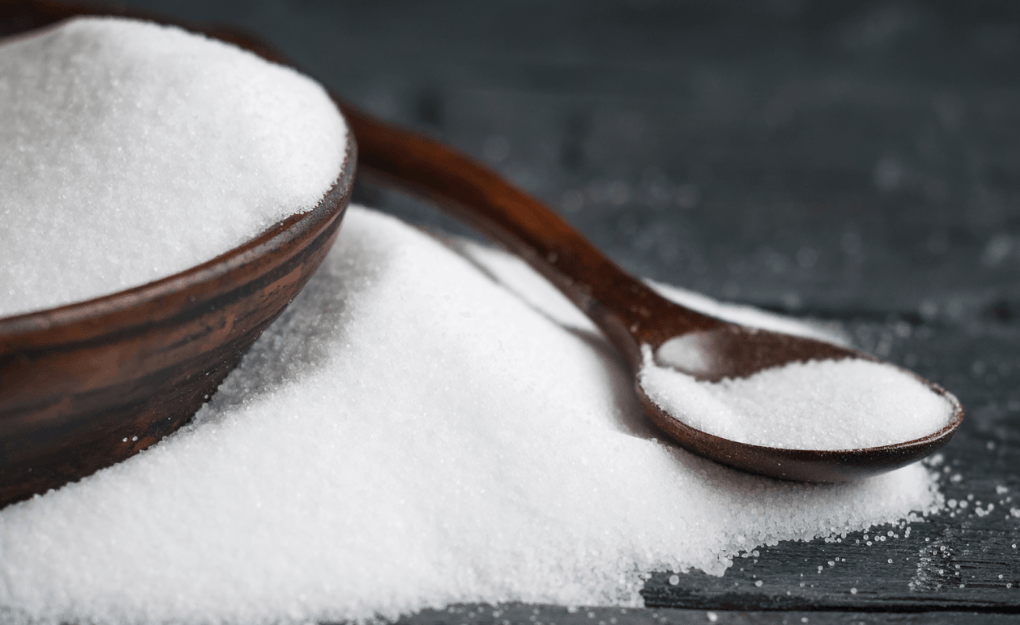Salt Reduction Efforts in India are gaining momentum as healthcare experts tackle a silent public health crisis driven by excessive salt consumption. High salt intake is a major contributor to hypertension, stroke, cardiovascular diseases, and kidney disorders. Identifying this as a preventable risk, the Indian Council of Medical Research’s National Institute of Epidemiology (ICMR-NIE) has launched community-based interventions focusing on low sodium salt substitutes, aiming to bring about a sea change in heart-health outcomes across India’s urban and rural communities.
Excessive Salt Consumption in India
According to the World Health Organization, salt intake should be limited to under 5 grams per day. Yet studies indicate urban Indians consume nearly 9.2 grams daily—almost twice the recommended limit—while rural populations average 5.6 grams per day. This high consumption pattern significantly elevates the risk of hypertension, which in turn cascades into more severe health threats like heart disease, stroke, and kidney failure.
Low Sodium Salt Substitutes: A Practical Solution
ICMR-NIE’s approach promotes low sodium salts that replace a portion of sodium chloride with healthier alternatives like potassium or magnesium salts. Clinical trials show that a single dietary switch could reduce blood pressure by an average of 7/4 mmHg, a modest yet impactful change for individuals suffering from hypertension. The World Health Organization estimates such reductions can translate into thousands of lives saved annually.
Community-Led Intervention Models for Salt Reduction Efforts in India
In partnership with state health departments, ICMR-NIE has rolled out a three-year pilot in Punjab and Telangana. The program operates through Health and Wellness Centres, where frontline health workers deliver structured dietary counselling to hypertensive patients. The first year includes assessments of baseline salt intake and blood pressure, coupled with co-creation of educational tools with community health workers to ensure cultural relevance and local adaptability.
Preliminary evaluations suggest participant engagement is encouraging: individuals report better understanding of complex salt information and express enthusiasm for trying low sodium salt, especially after witnessing improvements in blood pressure readings.
Challenges in Market Availability and Pricing
Despite promising public engagement, the intervention faces supply-side constraints. A survey of 300 retail outlets in Chennai revealed that only 28% stocked low sodium salt—52% in supermarkets, but just 4% of small kirana shops. Price is another obstacle: while regular iodised salt costs an average of Rs 2.7 per 100 g, low sodium variants cost over Rs 5.6. This price differential disincentivises low-income consumers, especially in rural or peri-urban locales.
To tackle this, ICMR-NIE is in discussions with manufacturers and state governments to incentivise production scale and reduce prices. Subsidies and bulk procurement strategies are also under consideration to make low sodium salt more affordable and accessible.
Public Awareness Campaigns: #PinchForAChange
Alongside community initiatives, the #PinchForAChange digital campaign seeks to raise awareness nationwide. Through simple infographics, educational videos, and compelling visuals, the campaign targets both young and old, highlighting hidden sources of dietary salt—from packaged snacks and pickles to restaurant meals. Preliminary online analytics report a healthy uptick in engagement, with over 100,000 interactions across social platforms, indicating growing public interest in heart-healthy choices.
Projected Impact on Public Health from Salt Reduction Efforts in India
Model projections suggest that if the pilot program achieves even a modest 10% reduction in national salt intake, it could lead to a substantial decrease in hypertension burden. Improved blood pressure control could prevent thousands of strokes and heart attacks each year, relieving long-term pressure on India’s overstretched healthcare infrastructure. Moreover, embedding dietary counselling into routine primary care via Health and Wellness Centres promises to leave a lasting legacy of operations excellence.
Next Steps: Integrating into National Strategy
ICMR-NIE plans to collaborate with the Ministry of Health and Family Welfare to integrate the pilot framework into national hypertension and Non-Communicable Disease (NCD) strategies. This will involve:
- Сhanges to Clinical Guidelines: Encouraging doctors to prescribe low sodium salt for hypertensive patients.
- Public Procurement Policies: Introducing low sodium salt in government-run mid-day meal programs.
- Supply Chain Strengthening: Incentivising manufacturers to diversify product lines and reduce costs.
- Educational Integration: Incorporating salt reduction messaging into school health programs and TV/radio public service measures.
Long-term success will also depend on expanding pilot initiatives to multiple states, collecting data to refine and adapt approaches, and incorporating feedback from community health workers and patients.
Conclusion
Salt Reduction Efforts in India are at a critical juncture. ICMR-NIE’s innovative pilot, blending community outreach, affordable technology, market reforms, and public engagement, represents a viable blueprint for combating dietary risk factors at population scale.
Reducing salt intake is low-hanging fruit in preventive health—but achieving sustained change requires robust policy support and coordination. With this multifaceted approach, India can make serious inroads toward reducing hypertension-related deaths and enhancing citizens’ cardiovascular health nationwide.




